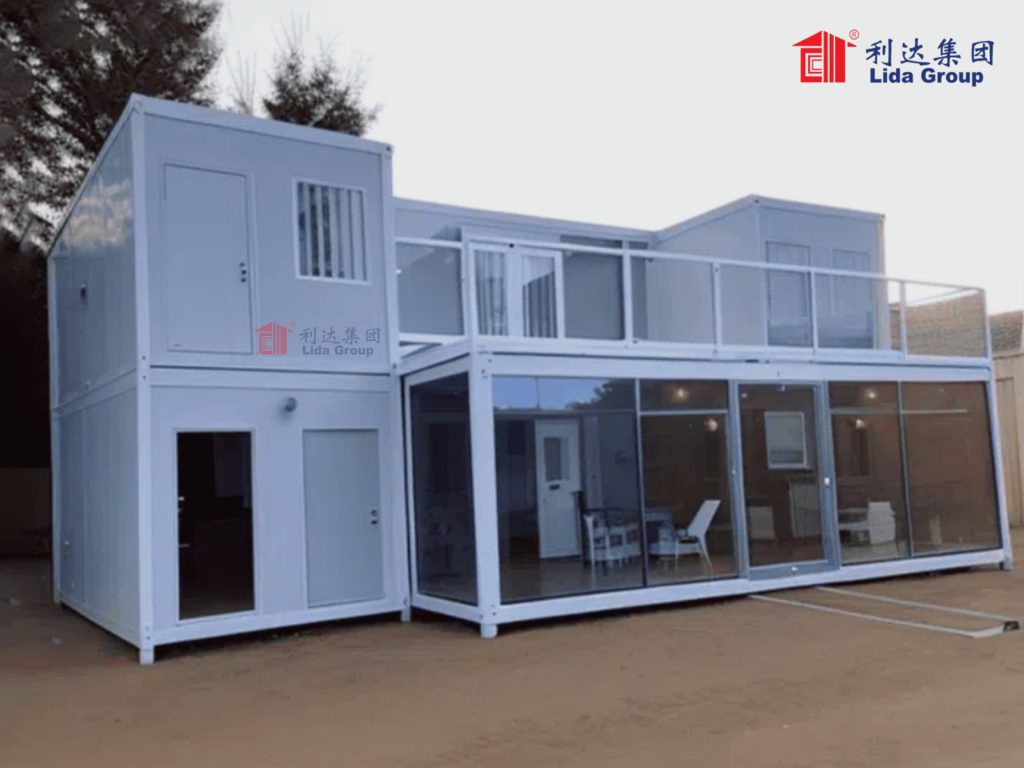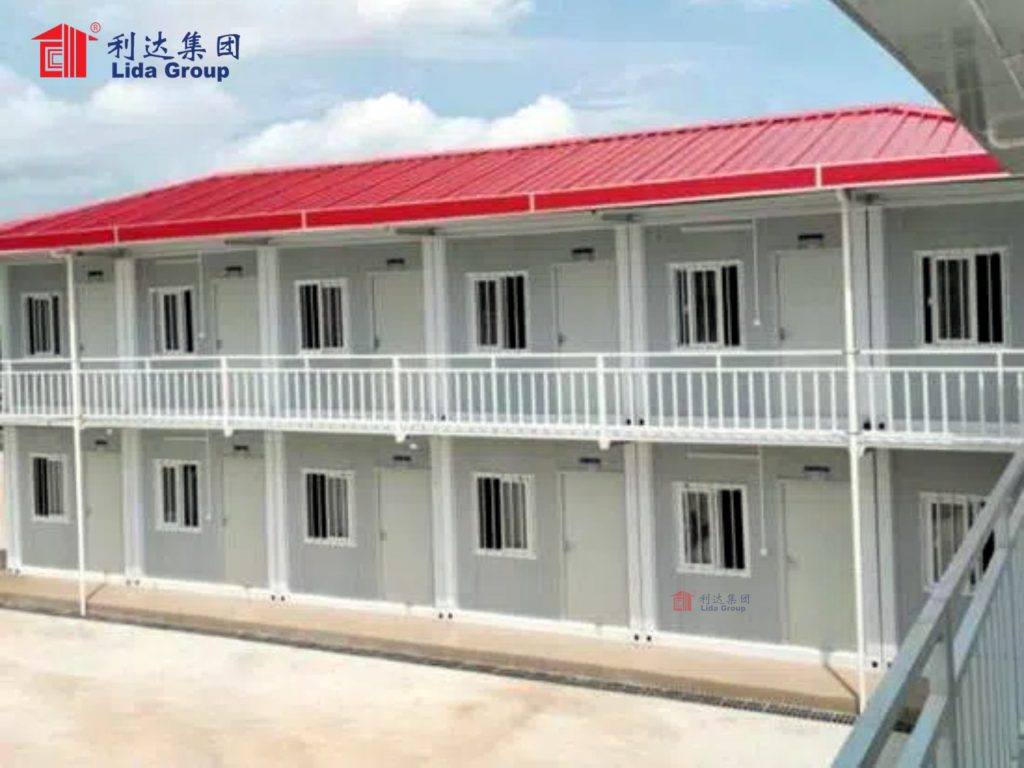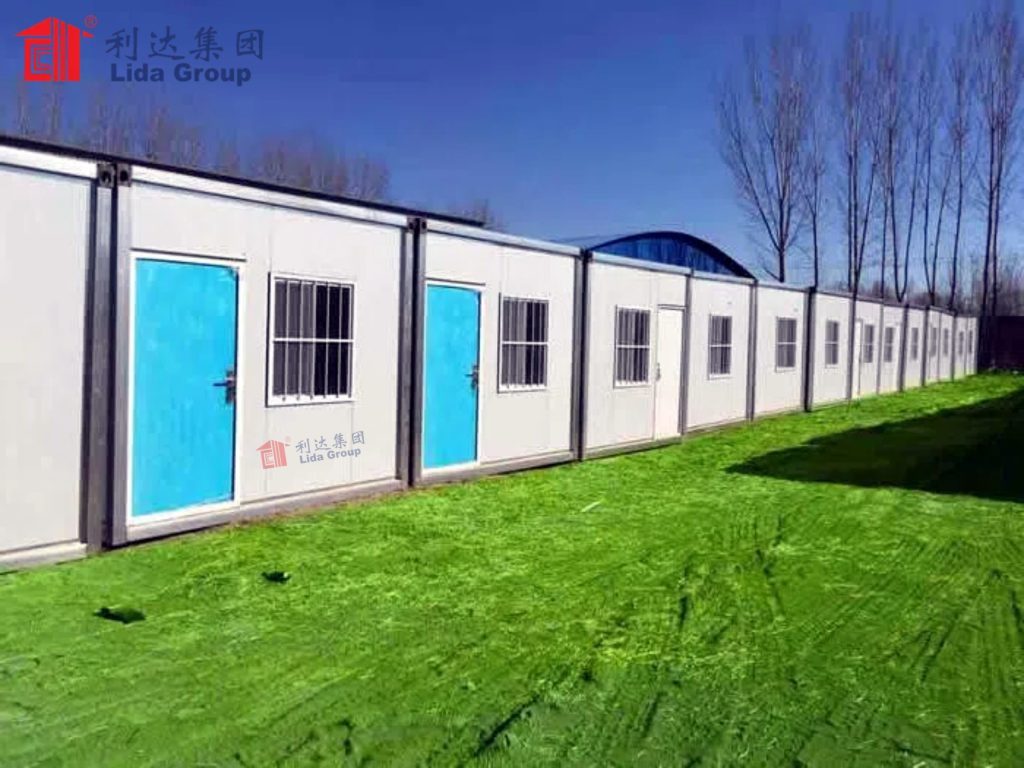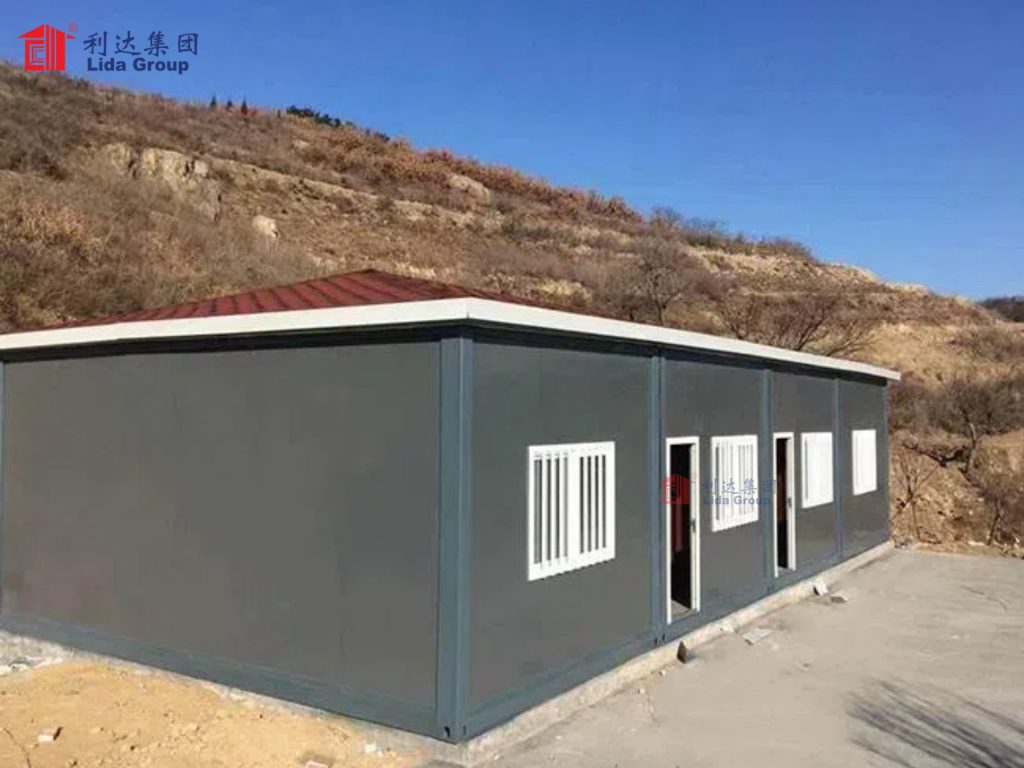**Introduction**
Shipping container homes have become a popular choice for those seeking affordable, sustainable, and customizable living spaces. However, the cost of transforming a steel box into a comfortable home can quickly add up, especially if you hire professionals for every step of the process. The good news is that with a bit of creativity, resourcefulness, and DIY spirit, you can renovate a shipping container on a budget without sacrificing quality or style.
This article provides a comprehensive guide to DIY container renovation, offering practical tips and affordable solutions for customizing your box unit. From insulation and flooring to interior design and exterior finishes, we’ll explore cost-effective ways to create a functional and stylish container home. Whether you’re a seasoned DIY enthusiast or a beginner, this guide will help you achieve your dream container home without breaking the bank.

**Why Choose DIY Container Renovation?**
Before diving into the specifics of DIY container renovation, it’s important to understand why this approach is worth considering:
1. **Cost Savings**: By handling the renovation yourself, you can save significantly on labor costs, which often account for a large portion of construction expenses.
2. **Customization**: DIY projects allow you to tailor every aspect of your container home to your preferences, ensuring it meets your unique needs and style.
3. **Sustainability**: Repurposing a shipping container and using reclaimed or recycled materials aligns with eco-friendly principles, reducing waste and environmental impact.
4. **Skill Building**: Tackling a DIY container renovation is an excellent opportunity to learn new skills, from carpentry to electrical work, that can be applied to future projects.
5. **Personal Satisfaction**: There’s a sense of pride and accomplishment that comes from building and customizing your own home.
—
**Step 1: Planning Your DIY Container Renovation**
The first step in any successful DIY project is thorough planning. Proper planning ensures that you stay within budget, avoid costly mistakes, and achieve the desired outcome.
### **1.1 Define Your Goals**
Start by defining the purpose of your container home. Will it be a full-time residence, a vacation home, a guest house, or a workspace? Understanding your goals will help you prioritize tasks and allocate your budget effectively.
### **1.2 Set a Budget**
Determine how much you’re willing to spend on the renovation. Break down your budget into categories such as insulation, flooring, electrical work, and decor. Be sure to include a contingency fund for unexpected expenses.
### **1.3 Create a Design Plan**
Sketch out a floor plan that maximizes the use of space. Consider the placement of windows, doors, and utilities. Think about how you’ll use each area of the container and design accordingly.
### **1.4 Research Local Regulations**
Check local building codes and zoning laws to ensure your container home complies with regulations. Some areas may require permits for certain modifications, such as adding windows or electrical systems.
—
**Step 2: Preparing the Container**
Once you have a plan in place, the next step is to prepare the container for renovation.
### **2.1 Inspect and Clean**
Thoroughly inspect the container for rust, dents, or structural damage. Address any issues before starting the renovation. Clean the interior and exterior to remove dirt, grease, and debris.
### **2.2 Treat for Rust**
Shipping containers are prone to rust, especially in humid or coastal environments. Treat any rusted areas with a rust converter or inhibitor to prevent further corrosion.
**2.3 Reinforce the Structure**
If you plan to cut windows or doors, reinforce the container’s structure with steel beams or frames. This ensures the container remains stable and secure.

**Step 3: Insulating the Container**
Proper insulation is crucial for creating a comfortable living environment. Here are some affordable insulation options:
### **3.1 Spray Foam Insulation**
Spray foam is highly effective but can be expensive. For a budget-friendly alternative, consider using a DIY spray foam kit. While it requires some skill, it’s more affordable than hiring a professional.
### **3.2 Rigid Foam Boards**
Rigid foam boards are a cost-effective insulation option. They’re easy to cut and install, and they provide excellent thermal performance. Use adhesive or mechanical fasteners to secure the boards to the container walls.
### **3.3 Fiberglass Insulation**
Fiberglass batts are another affordable option. They’re easy to install between wall studs and provide good insulation. Be sure to wear protective gear when handling fiberglass to avoid skin irritation.
### **3.4 Reflective Insulation**
Reflective insulation, such as radiant barriers, is ideal for hot climates. It reflects heat away from the container, keeping the interior cool. Combine it with other insulation types for optimal performance.
—
**Step 4: Installing Flooring**
The right flooring can transform the look and feel of your container home. Here are some budget-friendly options:
### **4.1 Plywood Subfloor**
Start by installing a plywood subfloor to create a smooth, even surface. This provides a base for your chosen flooring material.
### **4.2 Laminate Flooring**
Laminate flooring is affordable, durable, and easy to install. It comes in a variety of styles, including wood and tile looks, allowing you to achieve the desired aesthetic without the high cost.
### **4.3 Vinyl Planks**
Vinyl planks are another cost-effective option. They’re waterproof, making them ideal for kitchens and bathrooms, and they’re easy to install with a click-lock system.
### **4.4 Painted Concrete**
For an industrial look, consider painting the container’s existing concrete floor. Use epoxy paint for durability and add rugs or mats for warmth and comfort.

**Step 5: Electrical and Plumbing Systems**
While electrical and plumbing work can be complex, there are ways to tackle these tasks on a budget.
### **5.1 Electrical Work**
– **DIY Wiring**: If you have experience with electrical work, you can handle the wiring yourself. Be sure to follow local codes and safety guidelines.
– **Solar Power**: Consider installing a small solar power system to reduce energy costs. DIY solar kits are available and can be a cost-effective solution for off-grid living.
### **5.2 Plumbing**
– **Simple Systems**: For basic plumbing, such as a kitchen sink or shower, you can use PEX piping, which is affordable and easy to install.
– **Composting Toilets**: To save on plumbing costs, consider using a composting toilet, which requires no water or sewer connection.
—
**Step 6: Interior Design and Styling**
The interior design of your container home is where you can let your creativity shine. Here are some budget-friendly ideas:
### **6.1 Open Floor Plan**
An open floor plan maximizes space and creates a sense of openness. Use furniture to define different areas, such as a living room, dining area, and kitchen.
### **6.2 Multi-Functional Furniture**
Invest in multi-functional furniture, such as fold-down tables, Murphy beds, and storage ottomans. These pieces save space and add versatility to your home.
### **6.3 DIY Decor**
Create your own decor using reclaimed materials, such as pallet wood for shelves or old doors for tables. Thrift stores and flea markets are great places to find affordable, unique items.
### **6.4 Paint and Wallpaper**
A fresh coat of paint or some stylish wallpaper can transform the look of your container home. Choose light colors to make the space feel larger and more inviting.
—
**Step 7: Exterior Finishes**
The exterior of your container home is just as important as the interior. Here are some affordable ways to enhance its appearance:
### **7.1 Paint**
Painting the exterior is one of the most cost-effective ways to improve the look of your container home. Choose a color that complements the surrounding environment.
### **7.2 Cladding**
Add cladding, such as wood or metal panels, to give your container home a more polished look. This also provides additional insulation and protection.
### **7.3 Landscaping**
Incorporate landscaping elements, such as plants, pathways, and outdoor seating, to create a welcoming exterior. Use native plants to reduce maintenance and water costs.

**Step 8: Final Touches and Maintenance**
Once your container home is complete, add some final touches to make it feel like home. Here are some ideas:
### **8.1 Lighting**
Install energy-efficient LED lighting to brighten up your space. Use a mix of overhead lights, task lighting, and decorative fixtures to create a warm and inviting atmosphere.
### **8.2 Storage Solutions**
Maximize storage with built-in shelves, under-bed storage, and wall-mounted organizers. This helps keep your home clutter-free and functional.
### **8.3 Regular Maintenance**
To ensure your container home remains in good condition, perform regular maintenance tasks such as checking for rust, cleaning gutters, and inspecting insulation.

**Case Studies: Budget-Friendly DIY Container Renovations**
To inspire your own project, here are a few examples of successful DIY container renovations:
### **Case Study 1: The Minimalist Studio**
A DIY enthusiast transformed a single 20-foot container into a minimalist studio using spray foam insulation, laminate flooring, and multi-functional furniture. The total cost was under $10,000.
### **Case Study 2: The Family Retreat**
A family renovated two 40-foot containers into a spacious retreat using rigid foam insulation, vinyl plank flooring, and reclaimed wood for decor. The project cost $15,000, with most of the work done by the family.
### **Case Study 3: The Off-Grid Cabin**
An off-grid cabin was created from a single 40-foot container using DIY solar panels, a composting toilet, and reflective insulation. The total cost was $12,000, with a focus on sustainability.
—
**Conclusion**
Renovating a shipping container into a comfortable and stylish home doesn’t have to be expensive. With careful planning, resourcefulness, and a DIY mindset, you can create a functional and beautiful space on a budget. From insulation and flooring to interior design and exterior finishes, there are countless ways to customize your container home without breaking the bank.
The key to success lies in prioritizing your needs, making smart choices, and embracing the creative process. Whether you’re building a minimalist studio, a family retreat, or an off-grid cabin, a DIY container renovation offers endless possibilities for customization and personalization.
In conclusion, a shipping container home is more than just a place to live—it’s a reflection of your creativity, resourcefulness, and commitment to sustainable living. By following the tips and ideas outlined in this guide, you can transform a simple steel box into a dream home that is both affordable and uniquely yours.

Related news
-
Planning Permission for Container Builds: What Hoops You'll Need to Jump Through for Regs Compliance
2025-03-21 16:33:49
-
Clever Container Home Designs: 21 Inspiring Examples of Small Space Layouts and Styling
2025-03-21 17:06:00
-
Container Home Insulation 101: Keeping Your Steel Shelter Comfortably Cool or Warm Year-Round
2025-03-21 15:59:50
contact us
- Tel: +86-532-88966982
- Whatsapp: +86-13793209022
- E-mail: sales@lidajituan.com


